For the progress of advanced technology and basic science, it is indispensable to improve the performance of functional materi-als, and also to create materials with new functions. The aims of our researches are 1) to develop new Earth-conscious technol-ogies for the formation of high-quality functional thin films, 2) to create new functional materials, the surface, interface and bulk properties of which are controlled at atomic level, and 3) to fabri-cate highly-functional thin films and to apply them to actual elec-tronic devices. At present, by using atmospheric-pressure, very high-frequency (VHF) plasma, we focus on developing high-rate, low-temperature and ecoclean film growth technologies and also on studying their applications to the production of solar cells, thin film transistors, thin film sensors, and new functional devices.
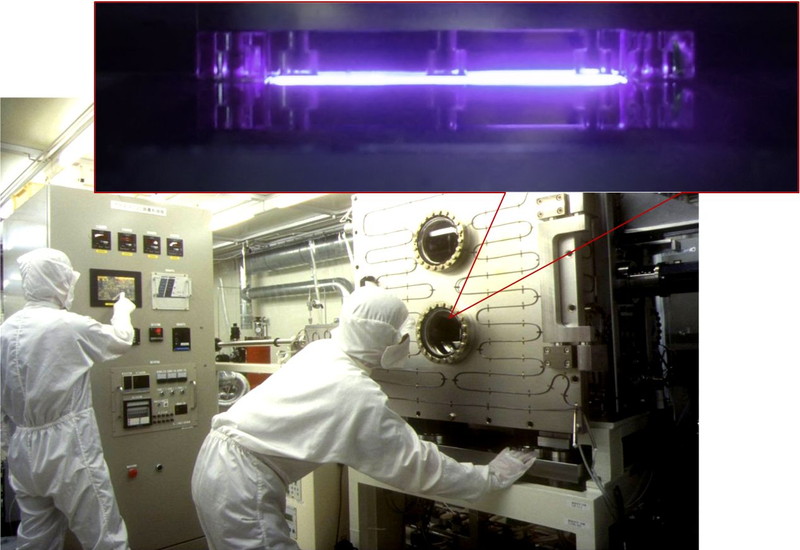
In order to realize manufacturing technology with extreme precision, it is essential to understand the interactions between solid-liquid and solid-gas interfaces at the atomic and molecular level and to control them based on science. Our laboratory conducts research on ultra-precise surface measurement using microscopes that can visualize atomic arrangements, spectroscopic analysis that is sensitive to a few atomic layers on the surface, and high-precision simulations based on quantum mechanics. We also aim at creating high-performance semiconductor nanomaterials by novel etching phenomena and developing new surface processes. Through these efforts, we would like to contribute to the dramatic sophistication of production technology and the realization of a clean and comfortable energy-using society.
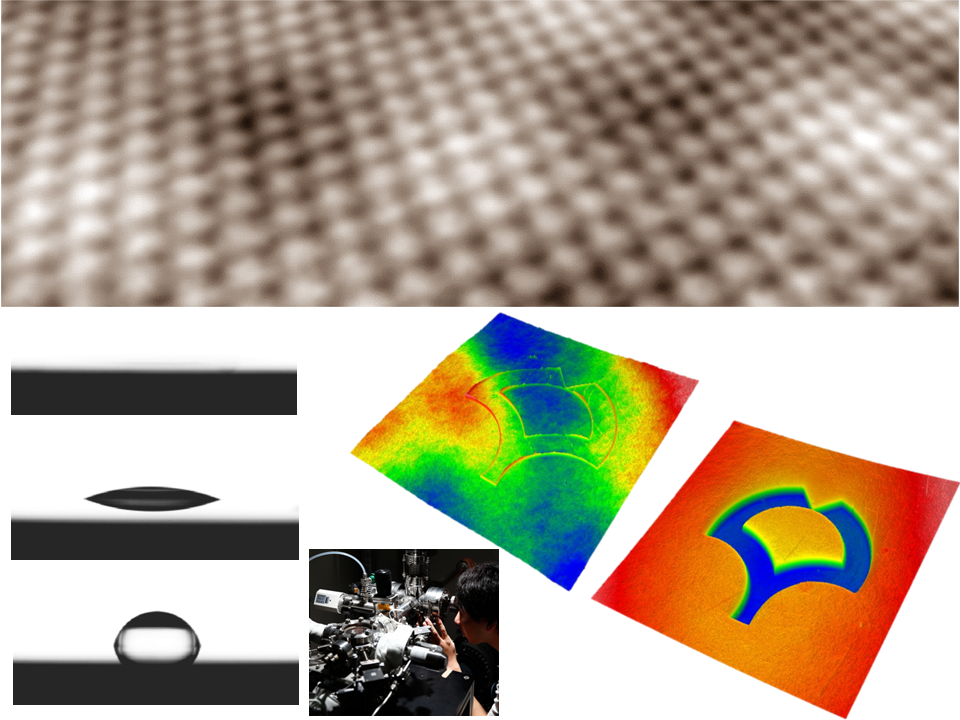
Using our original optical-acoustical measurement systems, we study mechanical behavior of nanomaterials and kinetics of biomolecules, and develop instruments for diagnosis and drug discovery. One important keyword is “resonance”. At resonance, information on mechanical and electromagnetical properties are highly enhanced, allowing high-sensitive measurements in material-biological science. We control sound via light and vice versa to investigate thermodynamic properties in nanofilms, nanowires, and nanodots, and binding and aggregation reactions among various biomolecules. We also study application of our original phonon-photon measurements for biosensors and diagnosis for neurodegenerative diseases, including Alzheimer’s disease.
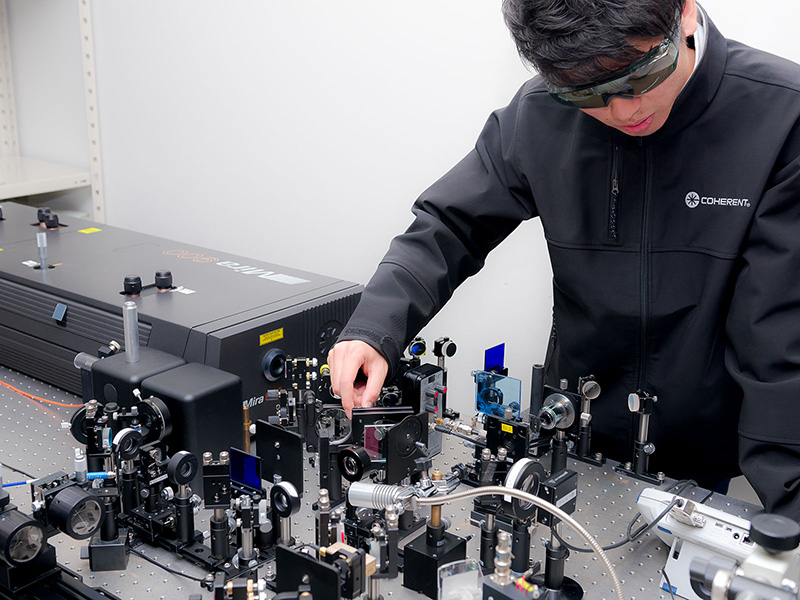
It has become possible to actually view, touch, and move atoms and molecules in the nanometer world, thanks to advances in science and technology. Today we can assemble atoms and molecules to construct synthetic nanometric structures, which do not exist in nature. In such a microscopic world, we expect to discover various special physical phenomena, states of electrons, electron transport properties, and quantum effects, which are currently unknown. Our laboratory is developing new equipment to precisely measure minute physical and chemical quantities of atoms and molecules. Based on the knowledge gained through these measurements, we are developing novel devices that work on new concepts, thereby contributing to the ultimate “product realization” using atoms and molecules. We consider the synthetic creation of novel nano-materials an important innovation frontier for the future of an advanced information society.
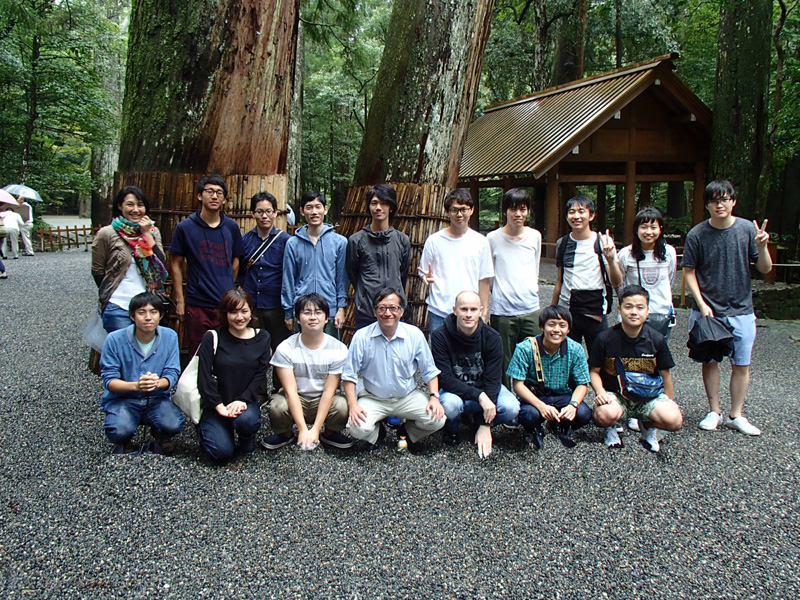
Science makes great progress when turning the invisible into the visible. The “atomic-scale surface creation” we have studied is the core technologies that contribute to the progress. By utilizing active molecules in plasma and active nanoparticles in a solution, our laboratory has succeeded in creating the ideal shape with an accuracy of 0.5 nanometers and making the surface the most smooth in the world. We have established technologies to fabricate X-ray mirrors and semiconductor substrate surfaces at the atomic level. X-ray mirrors, which are installed into X-ray microscopes that can observe nanostructures and cells, and X-ray space telescopes that advance astronomy, have enabled us to explore new frontiers of science.
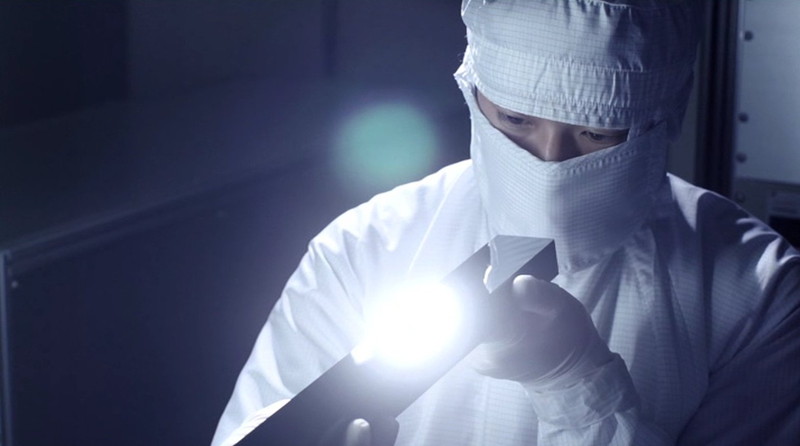
To develop highly functionalized materials for various applications such as electronic devices, solar cells, highly efficient fuel cells, organic devices, and so on,it is important to clarify behaviors of electrons and atoms in materals in detail. However, it is often difficult to elucidate such microscopic phenomena experimentally. To this end, we employ first-principles computer simulations and observe electrons and atoms in atomic scale and predict properties of new materials. We develop computer simulation programs based on “Quantum Mechanics” and by using those programs on super computers, we investigate physical and chemical properties of materials and clarify the origins for those properties. Based on these investigations, we propose important factors to desing new efficient materials and contribute to fields related to industry, energy and enviroment which are important in fugure of our society.
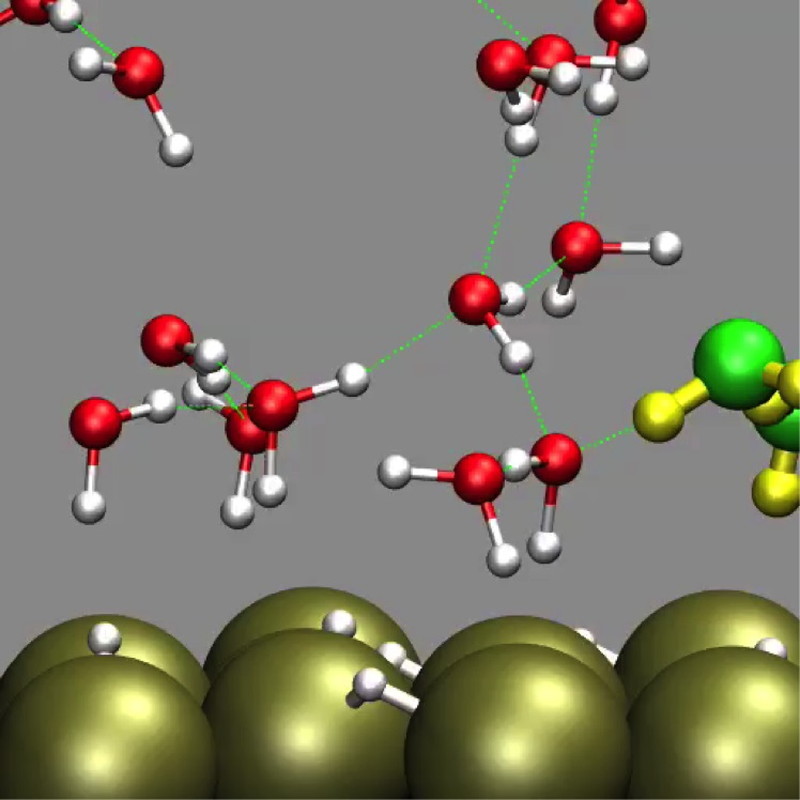
Humanity is confronted with many global-scale issues that include depletion of fossil energy and other natural resources, food shortage and population explosion, climate change and natural disaster, and urban development and poverty. Technology has the potential for significant impact to overcome these challenges and build a sustainable society. In response to the hopes, dreams, and wishes that people find through family, friends, and community, we believe that science and technology should be developed to enable humanity to responsibly coexist and thrive with nature in environmental harmony. To realize a sustainable and prosperous future, we aim to facilitate technological innovation by designing new materials, combining dissimilar materials, and introducing new structures with wide-range of capabilities contributing to next-generation of green nanoelectronics.
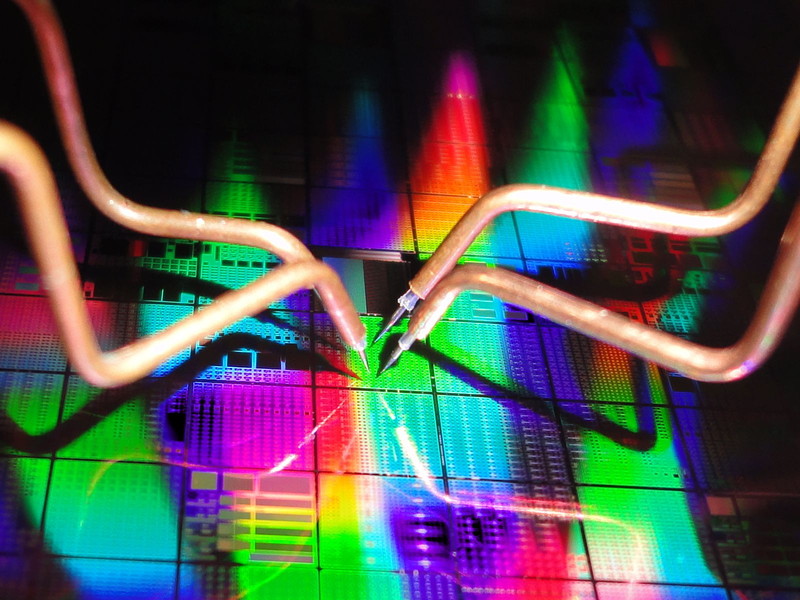
While developing innovative nanoscale imaging techniques, we are exploring and elucidating the unique physical and chemical phenomena that occur in nanomaterials. Specifically, using photo-induced force microscopy to image the induced polarization patterns of electronic transitions in molecules, we are pursuing research to understand the nature of the interaction between light and matter. In addition, we are exploring and elucidating novel catalytic reactions occurring on solid surfaces. Furthermore, we are developing techniques to visualize and analyze scattering centers and interfacial charges at semiconductor interfaces with nanometer spatial resolution, which is indispensable for the development of low power consumption and ultrafast bias.
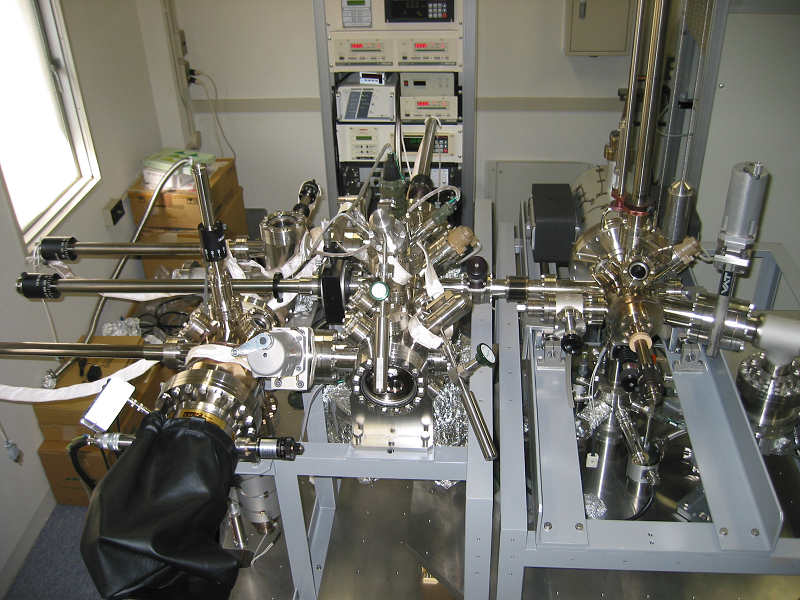
Nanomaterials, such as carbon nanotube (CNT) and graphene, have attracted considerable attention because of their unique and practically useful physical properties completely different from “bulk” materials. Our laboratory promotes the research to create novel functionalities from the nanomaterials by manipulating their structures and to apply them to future nanoelectronics. Our fabrication processes utilize originally designed apparatus such as multi-temperature zone CVD and solar furnace for ultrahigh temperature process, and are constructed by combination of top-down and self-organized bottom-up approaches, based on fundamental understanding of atomic processes on surfaces.
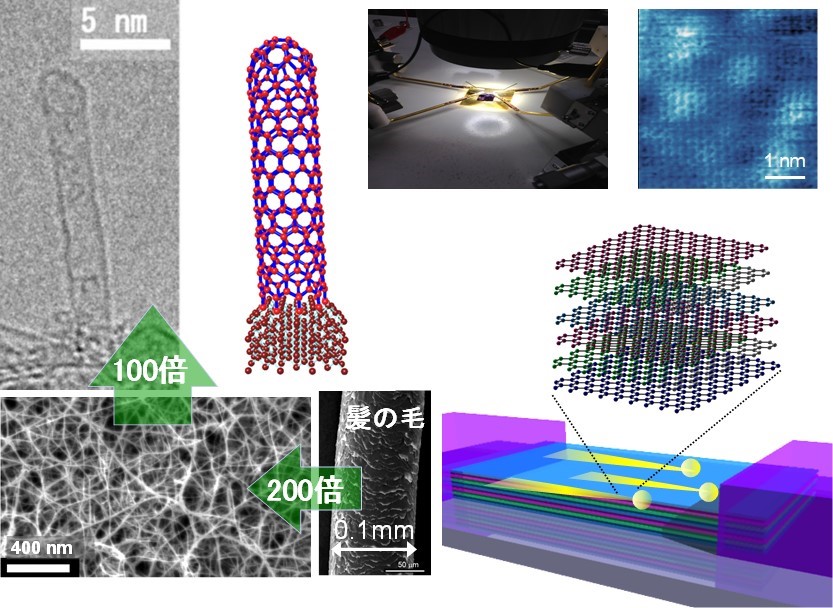
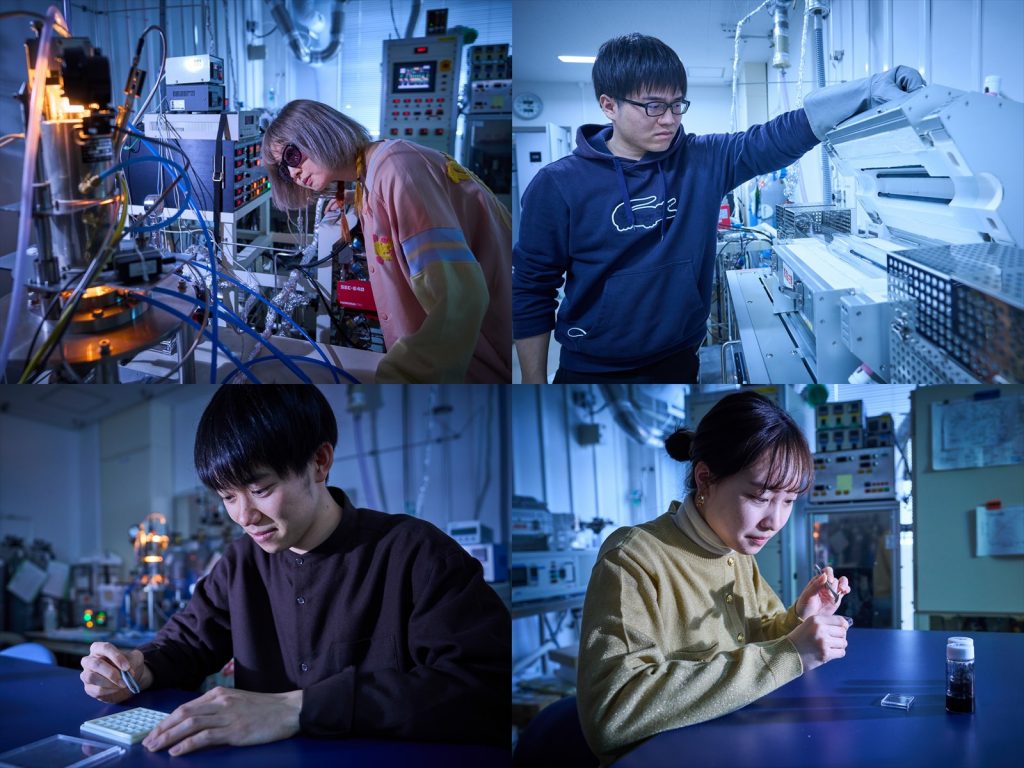
It is interesting to see nanoscale objects with light. Because the light directly interact with objects, it is possible to obtain rich information about molecular components in objects. Our group has been developing a spectroscopic technique with nanoscale spatial resolution. By combining plasmonics or near-field effect with some spectroscopic methods such as Raman scattering or photoluminescence, we can see nano-world with the visible light.
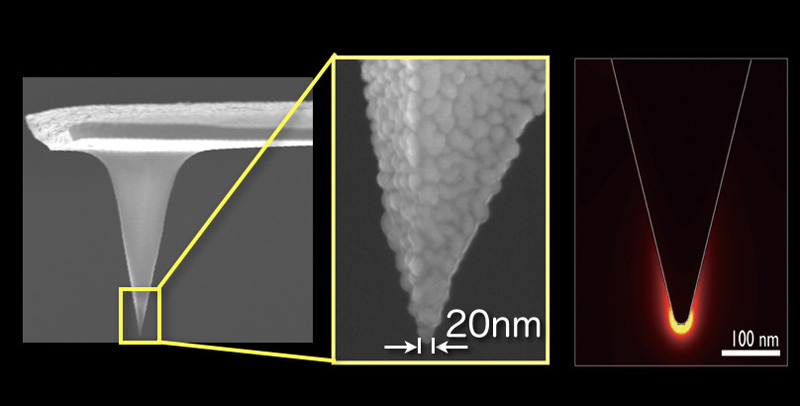
Fujita group studies light-molecule/light-ion/light-atom interaction and explore nanophotonics to visualize and manipulate the nanoscale world. The nanophotonics technologies are expanded to create brand-new technologies for imaging, sensing and devices used in material and biomedical researches.
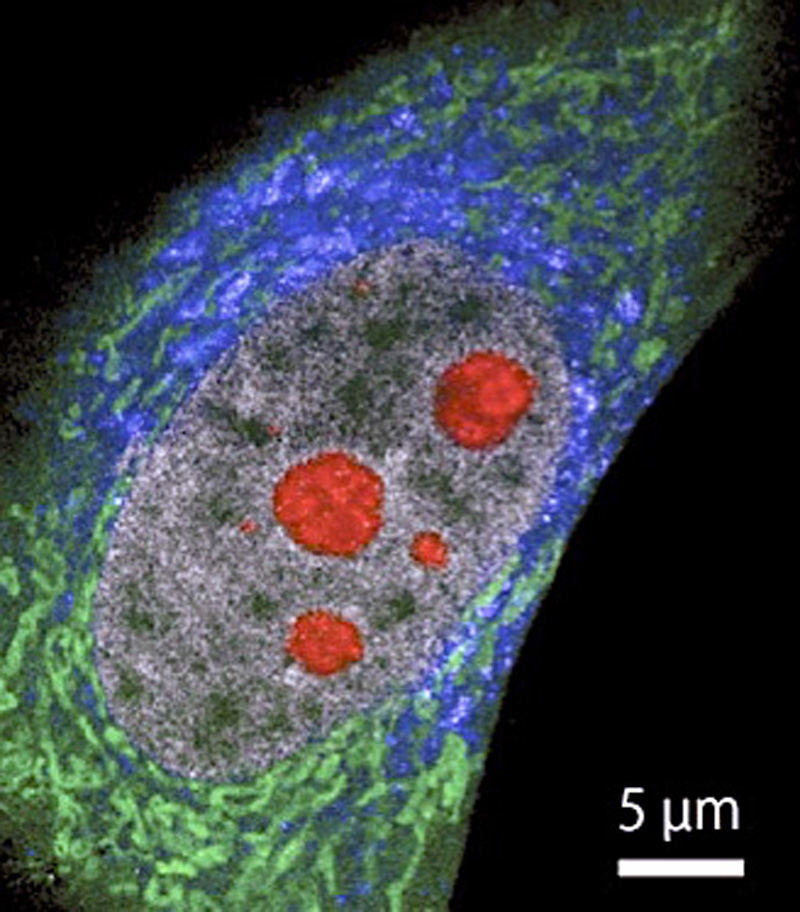
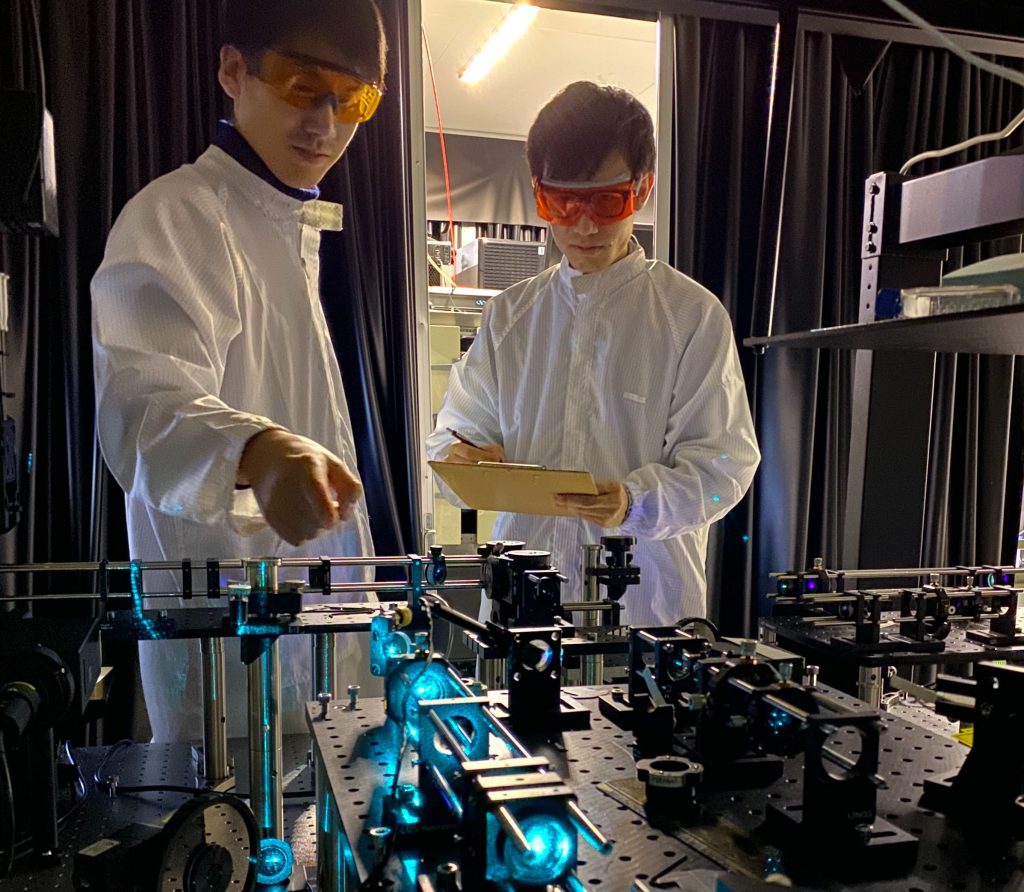
Our research interest is to investigate the unique and exotic physical phenomena of nanometer scale materials, which are formed on solid surface and do not exist in nature, and to open a new avenue toward the realization of next generation devices with high efficiency. In addition to the on-campus equipment that we have developed, we are actively conducting research at different facilities, such as synchrotron radiation facilities located all over the world.
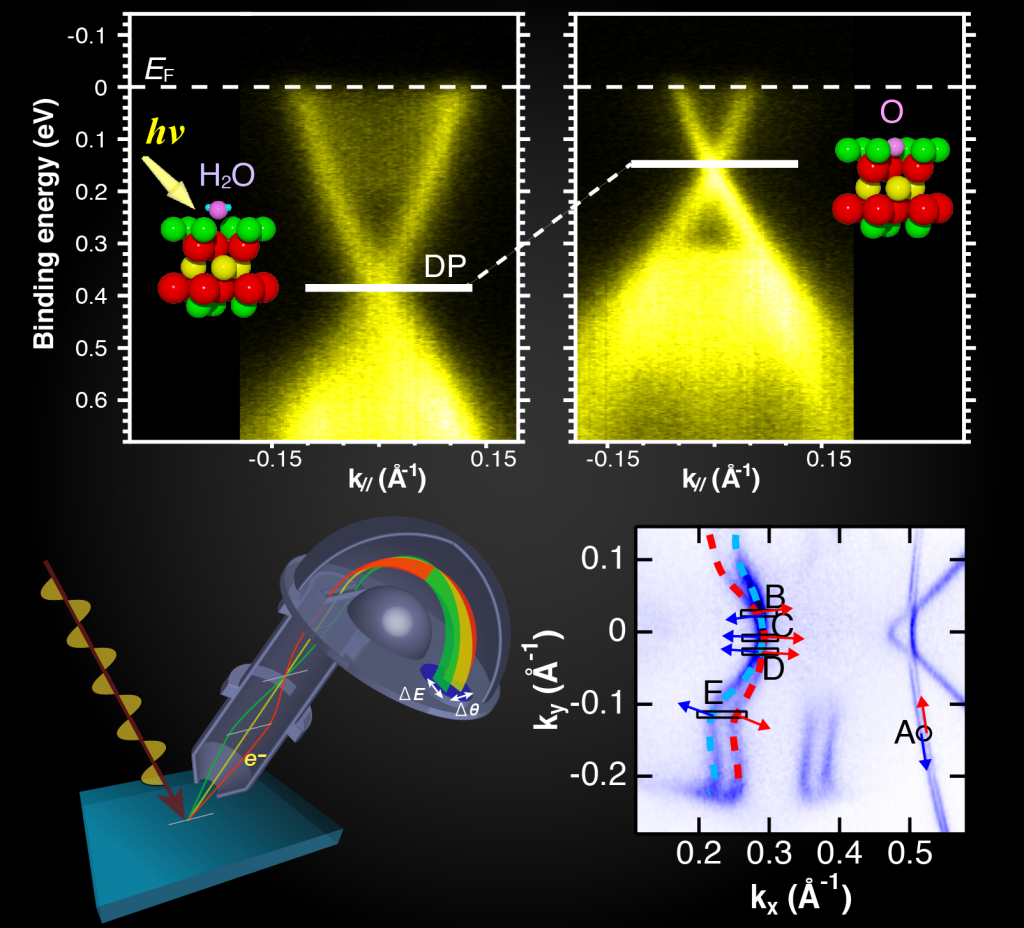
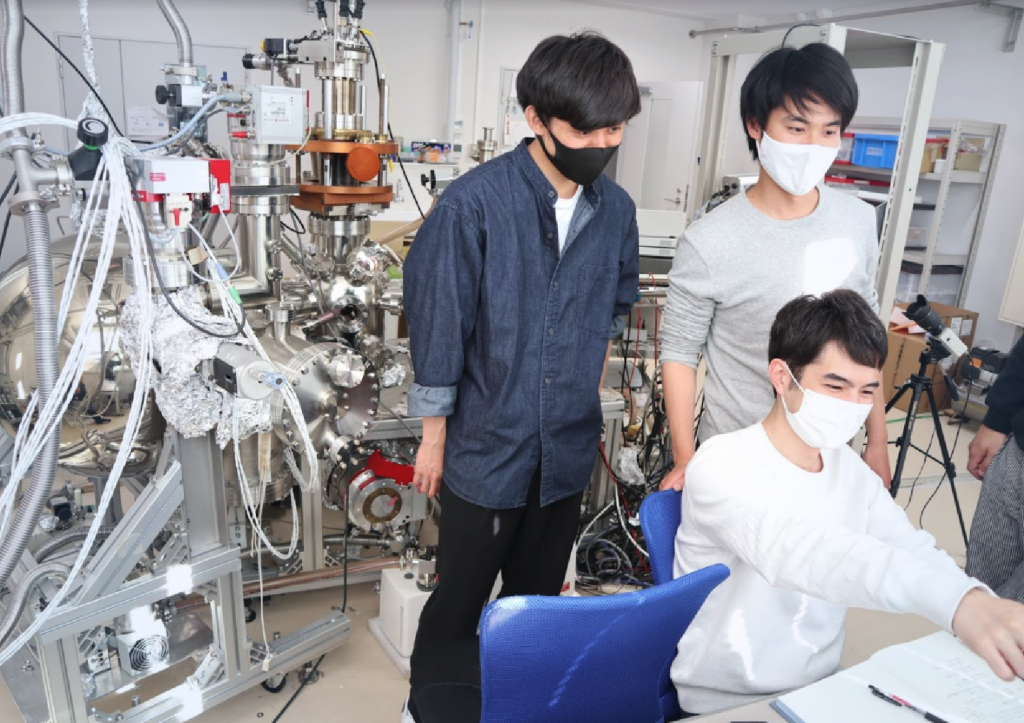
Our laboratory aims to realize innovative nanophotonic devices through basic research based on plasmonics and/or metamaterials. In metamaterials, we are conducting research on metasurfaces, which are two-dimensional metamaterials. This is an array of metal nanostructures and/or high-refractive-index dielectrics as Mie resonators arranged on a planar substrate. By controlling the scattering and absorption of meta-atoms, we have succeeded in realizing various functions such as color printing showing a diffraction limit resolution, perfect absorber and infrared emitter. At plasmonics, we are researching plasmonic waveguides and hyperbolic metamaterials. In this way, we aim to realize an ultra-fine and low power consumption photonic device that was considered impossible in principle due to the diffraction limit. In addition, by applying the metasurface-based perfect absorber to a thermal radiation filament, we have realized a prototype of a high-efficiency eco-light bulb that controls blackbody radiation.
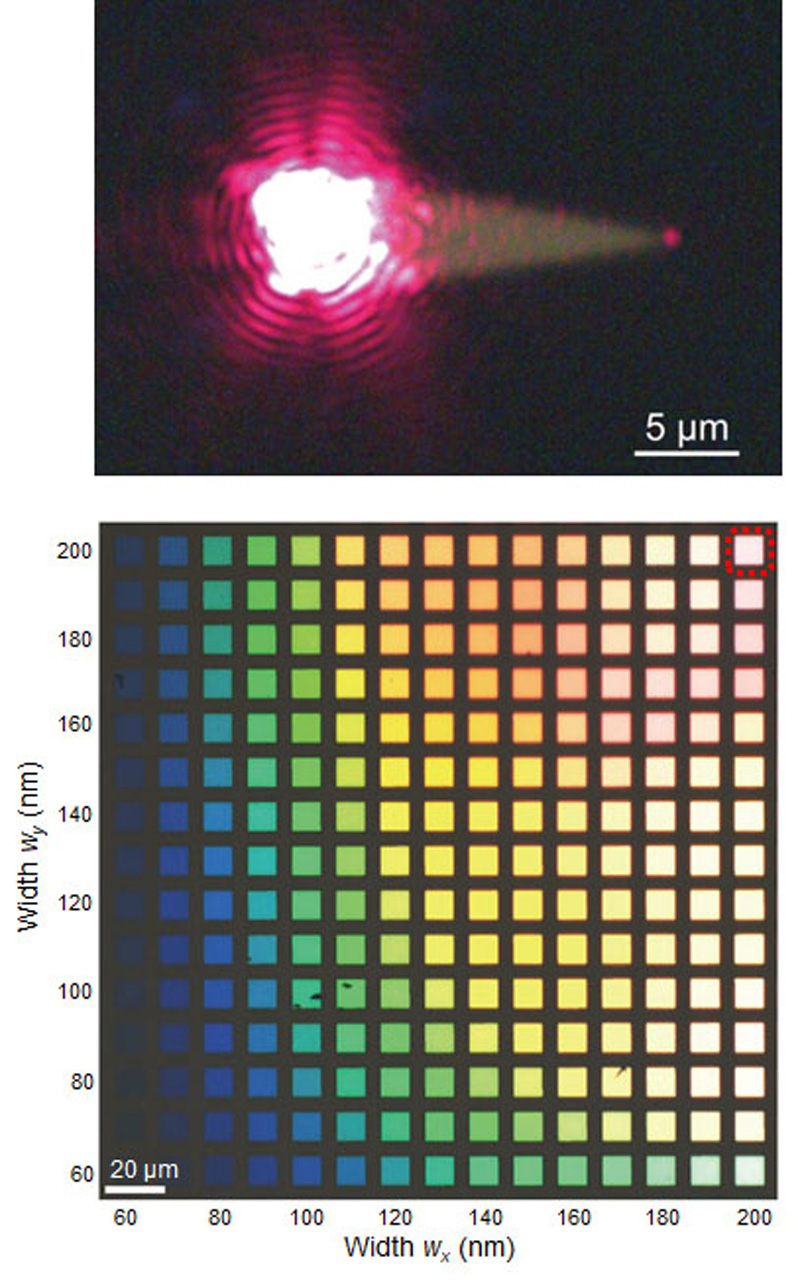
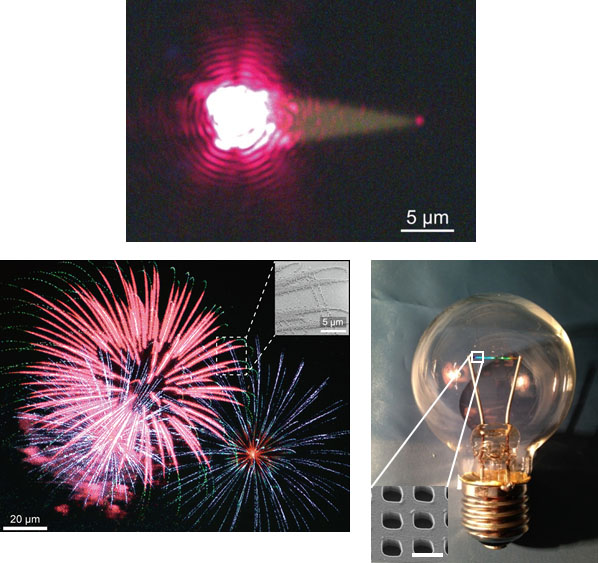
We are exploring novel materials and biological functions by using adavanced optical manipulation and measurement techniques.
1) Production of highly ordered organic and biological matters by using laser:
By utilizing physical stimuli of lasers (e.g., heat, electric field, etc) that enable us to control assembly and allighment of micro- and nano objects, we are trying to create innovative materials (electronic devices, pharmaceuticals, artificial cells, etc.) with desired structures and functions that cannot be produced by conventional methodologies alone.
2) Elucidation of unique structures and functions of soft matter:
We are investigating unique structures and functions of soft matter such as biological membranes, gels, and cellular tissue (organoids) by using non-invasive optical measurement techniques that do not disturb weak attractive and/or repulsive forces in the system.
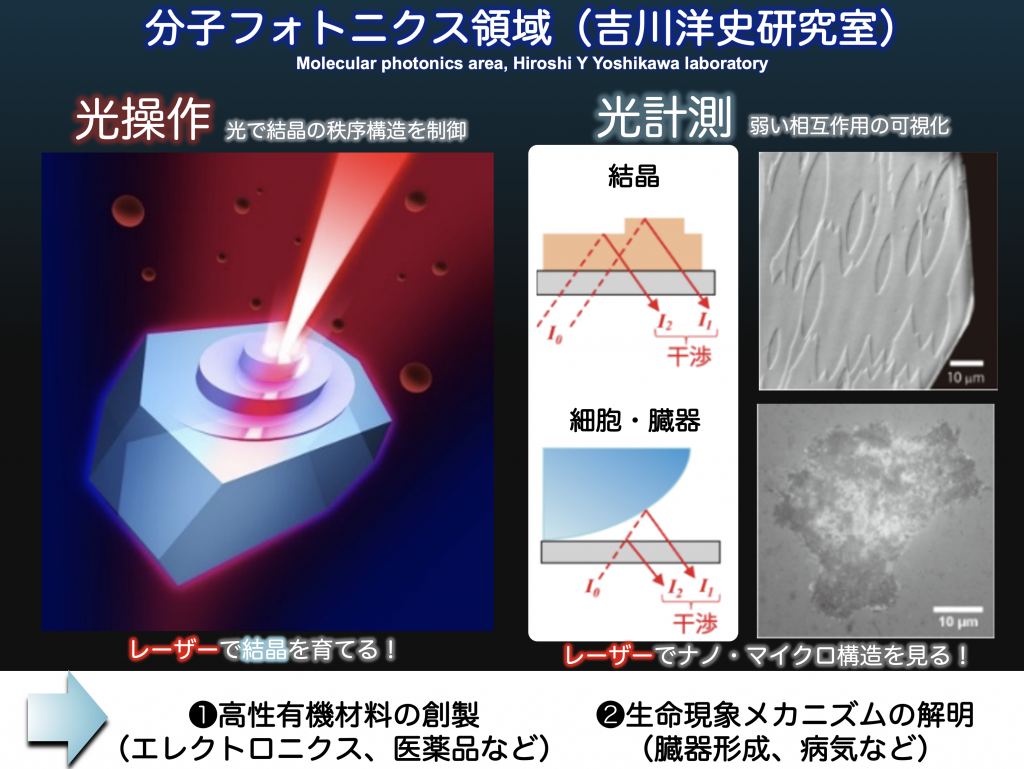
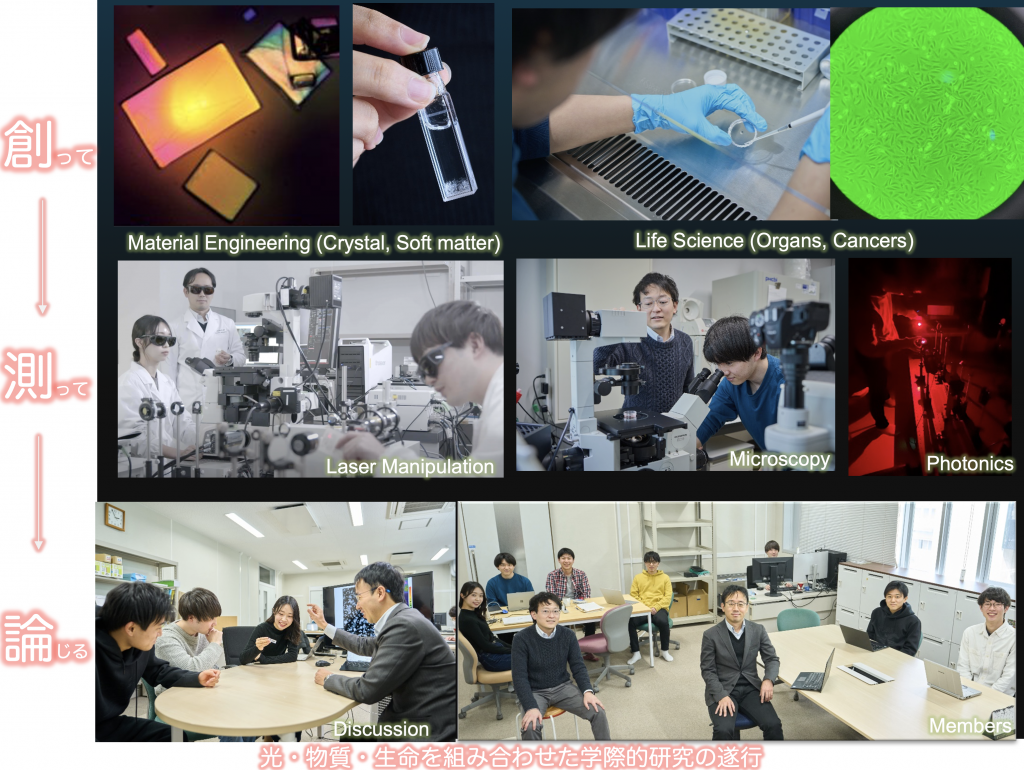
Advanced Engineering Physics Area (Ono Lab.) focuses on developing advanced advanced measurement and analysis techniques using quantum beams such as X-rays and neutrons, in combination with informatics technology. Our projects include X-ray microscopy for multi-scale characterization, machine learning-aided data analysis, laboratory automation, and AI optimization of experimental parameters.
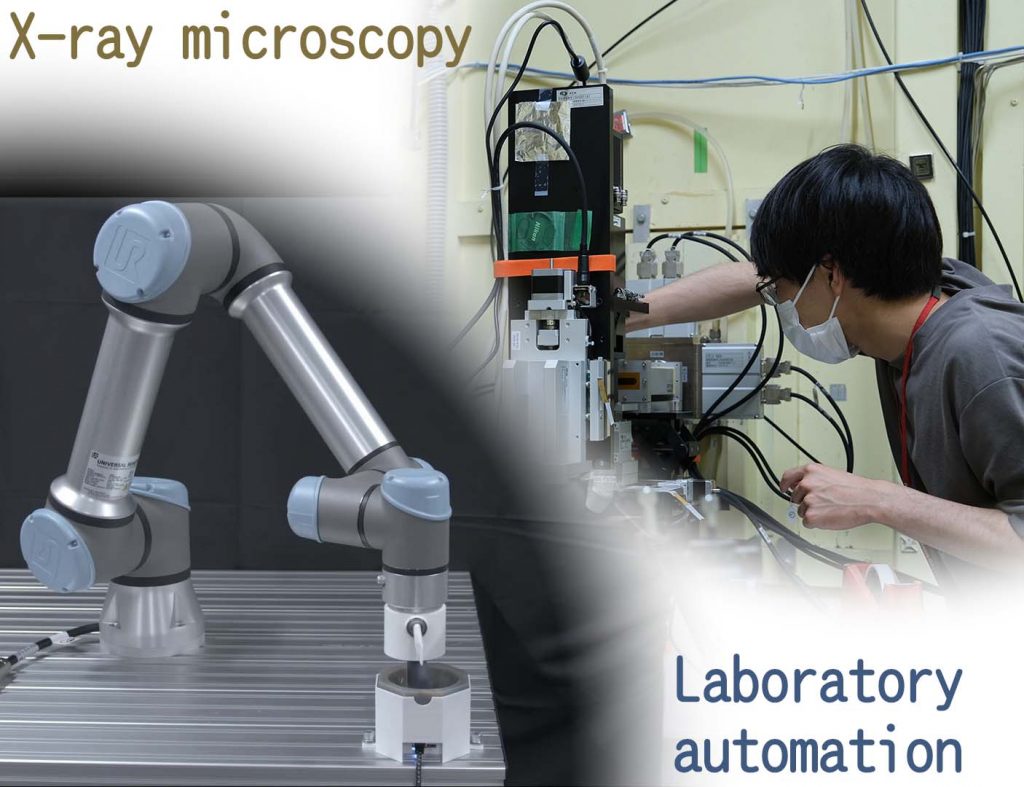
To find universality, understand the physical mechanism behind natural phenomena and the emergence of function, we conduct research and education in theoretical condensed matter physics, supported by cutting edge experimental techniques. We focus on dynamical processes and related properties at Surfaces and Interfaces of materials, size and complexity ranging from the nano-scale to biological processes. We also develop novel and practical techniques, whenever the need arises, and pro-actively make the resulting know-how available for immediate industrial implementation.
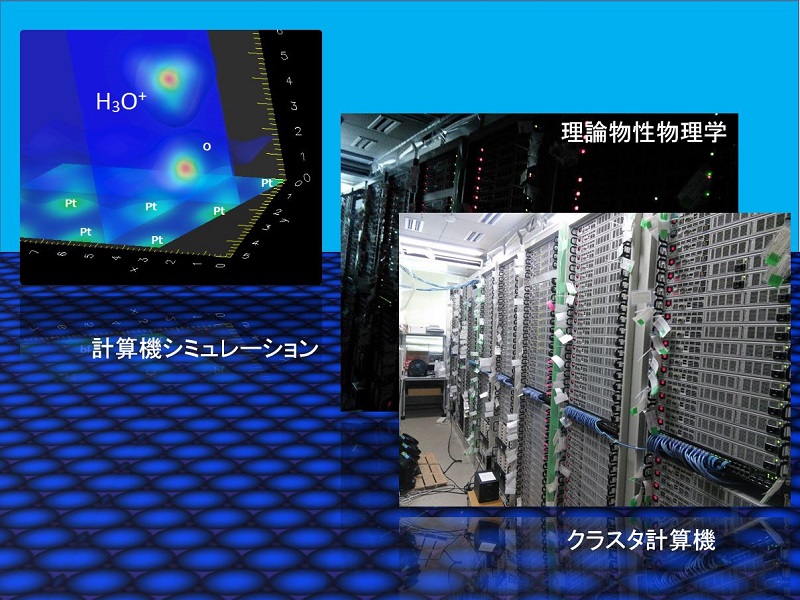
The semiconductor photocatalyst has the high resolution function for the organic matter, a self-cleaning function and photoexcited hydrophilic function, which carries the important role to various environment purification. However, the reaction mechanism has not been understood completely. We use the scanning probe microscopy (SPM) such as atomic force microscopy (AFM) and Kelvin probe force microscopy (KPFM) etc., to investigate the properties of physical and chemical, to explore and elucidate the new physical phenomena such as the photocatalyst process of the photo induced surface carrier on solid surface, liquid-solid interface. This research relates the discovery of the novelty materials with new properties of matter and can develop the catalytic design with the new function, which is different from conventional catalyst. Target one is Au NPs deposited on rutile TiO2(110) surface under gas condition at low temperature. Target two is Au NPs deposited on anatase TiO2(001) surface at low temperature. Target three is Pd nanoparticles (NPs) deposited on Al2O3/NiAl(110) surface under carbon monoxide gas (CO gas) condition.
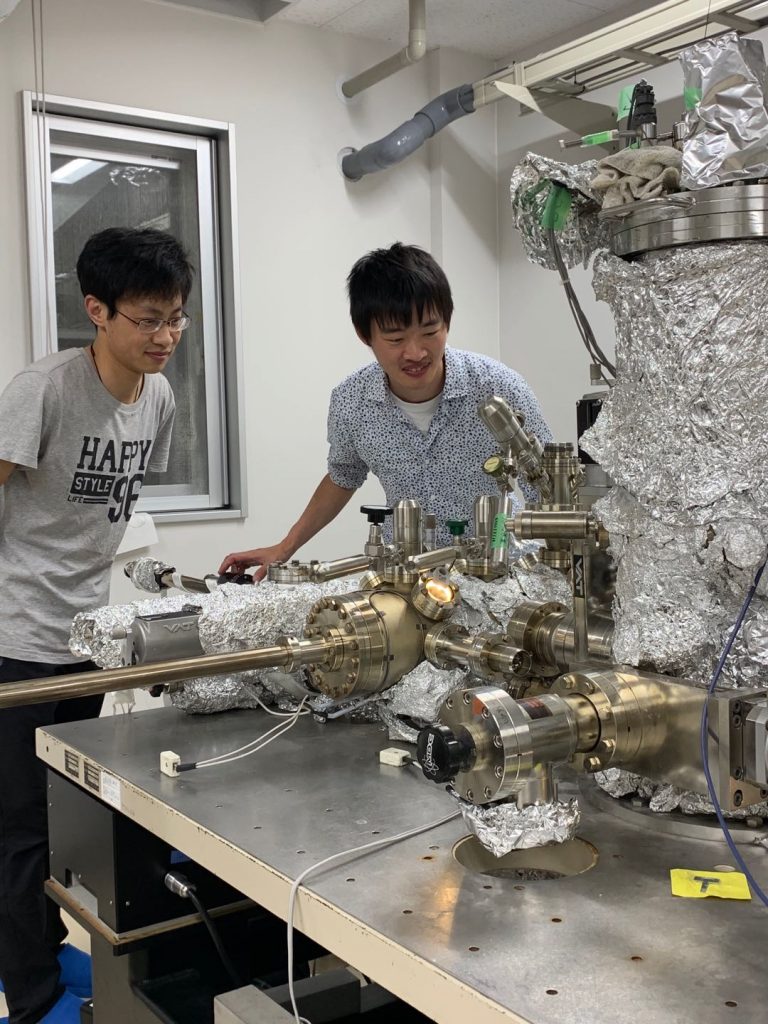
We carry out research on nano-biophotonics, a new research field that spans the fields of nanotechnology, biology, and photonics. We develop techniques to observe living cells and biomolecules with an ultra-high spatial-resolution and sensitivity by utilizing nanotechnology, vibrational spectroscopy, and non-linear photonics.


In our laboratory, we study science that fuses the basic science and advanced technologies required to precisely control the molecular structure, electronic state, and physical properties of various organic materials and to apply these technologies to realizing flexible electronics and photonics. The goals of our laboratory are to study various topics from theories based on basic science, including mathematics and physics, to systems that contribute to society.
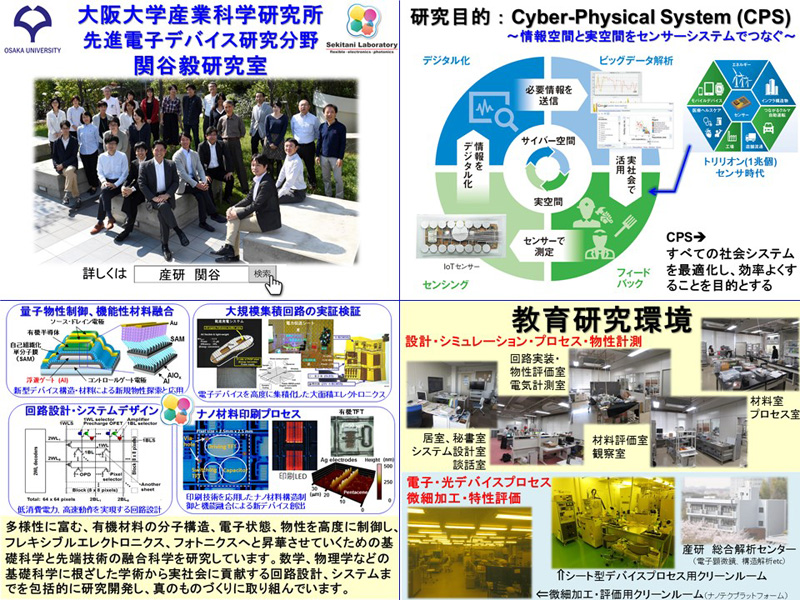
Top